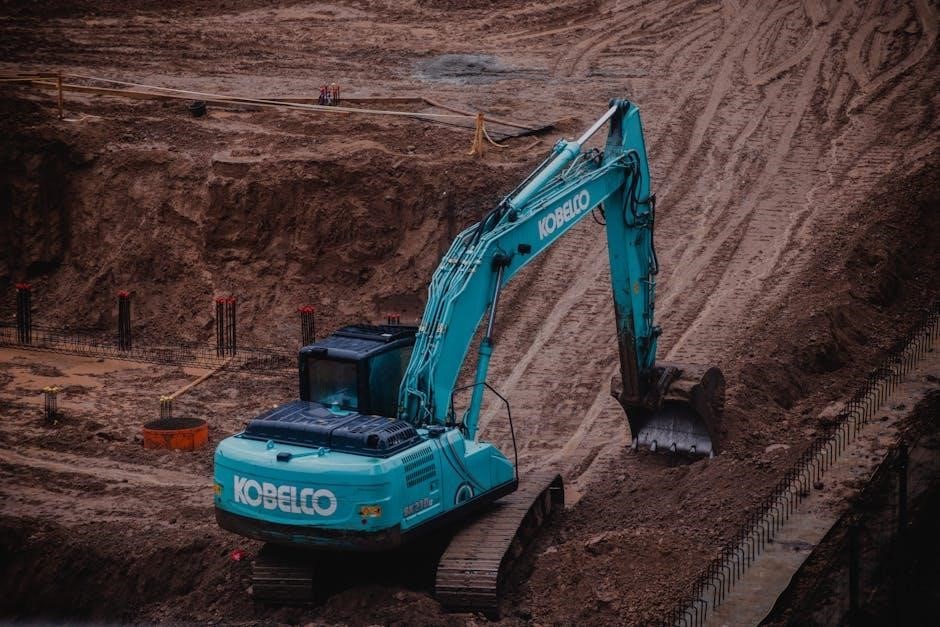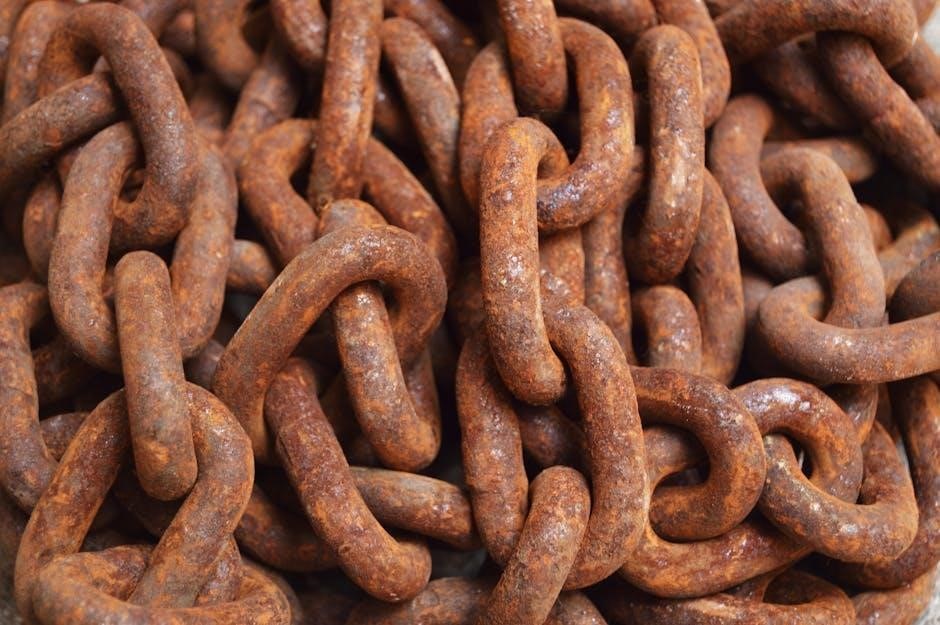
Singer Heavy Duty stitch guide provides essential sewing techniques online.
Understanding the Basics of Singer Heavy Duty Sewing Machines
To get started with the Singer Heavy Duty stitch guide, it’s crucial to understand the fundamentals of Singer Heavy Duty sewing machines. These machines are designed to handle heavy-duty sewing tasks with ease. They come with a range of features, including automatic needle threaders and versatile stitch patterns. The machines are suitable for a wide range of sewing tasks, from basic repairs to complex projects. By understanding how the machines work and their capabilities, users can unlock their full potential and achieve professional-looking results. Whether you’re a beginner or an experienced sewer, taking the time to learn about the basics of Singer Heavy Duty sewing machines will help you to get the most out of your machine and improve your sewing skills.

Threading the Machine
Thread the machine with lightweight thread carefully always.
Step-by-Step Guide to Threading the Singer Heavy Duty Machine
To thread the Singer Heavy Duty machine, follow these steps: place the thread onto the spool pin, then snap it into the thread guide. Next, wind the thread clockwise around the bobbin winder tension discs. Ensure the thread is properly seated in the thread guide to prevent any tangles or knots. It is essential to thread the machine correctly to achieve optimal stitching results. By following these simple steps, you can ensure that your Singer Heavy Duty machine is threaded correctly and ready for use. Proper threading is crucial for achieving professional-looking stitches and preventing machine damage.

Stitch Applications and Uses
Singer Heavy Duty offers various stitch options for garment construction.
Exploring the Various Stitch Options Available on Singer Heavy Duty Machines
The Singer Heavy Duty machines offer a wide range of stitch options, including straight stitch, zigzag stitch, and decorative stitches. These stitches can be used for various sewing applications, such as garment construction, home decor, and crafts. The machines also feature adjustable stitch length and width, allowing for customization of stitches to suit specific projects. Additionally, the machines come with a variety of presser feet, including a zipper foot, buttonhole foot, and blind hem foot, which can be used to achieve professional-looking results. With the Singer Heavy Duty machines, users can explore their creativity and produce high-quality sewing projects with ease. The machines are designed to be user-friendly, making it easy for beginners to learn and use the various stitch options available.
Choosing the Right Needle and Thread
Use size 9/70 or 11/80 needles for optimal results always.
Recommendations for Needle and Thread Selection for Optimal Results
For optimal sewing results, it is essential to choose the right needle and thread. The Singer Heavy Duty stitch guide recommends using a size 9/70 or 11/80 needle for most sewing tasks. When it comes to thread, a lightweight thread is suitable for most fabrics, while a topstitching thread is recommended for decorative stitching. It is also important to consider the type of fabric being sewn, as different fabrics require different needle and thread combinations. By following these recommendations, sewers can achieve professional-looking results with their Singer Heavy Duty sewing machine. Using the right needle and thread can make a significant difference in the quality of the stitch.
Stitch Length and Width Adjustments
Adjust stitch length and width for optimal results easily.
Adjusting Stitch Length and Width for Different Fabric Types and Projects
When working with various fabric types, it’s essential to adjust the stitch length and width accordingly. For example, delicate fabrics require shorter stitch lengths, while thicker fabrics need longer ones. Additionally, the project type also plays a crucial role in determining the optimal stitch length and width. For instance, garment construction may require different settings than home decor projects. By adjusting these settings, users can achieve professional-looking results and ensure their projects are secure and durable. The Singer Heavy Duty stitch guide provides detailed instructions on how to adjust these settings for various fabric types and projects, making it easier for users to achieve optimal results. Proper adjustment is key to successful sewing.

Topstitching and Decorative Stitches
Using topstitching thread and decorative stitches enhances projects with style.
Using Topstitching Thread and Needles for Professional-Looking Results
To achieve professional-looking results, it’s essential to use topstitching thread and needles specifically designed for this purpose. The SINGER Topstitching Needle is a great option, available in sizes 90/14 and 100/16, suitable for medium to heavy-weight fabrics. When using topstitching thread, it’s recommended to set the machine for a straight stitch with a length of 3 to 3.5mm. Sewing 1/4 to 3/8 from the edge of the fabric will also help to achieve a professional finish. By following these guidelines and using the right tools, you can create beautiful, professional-looking topstitching on your projects, adding a touch of style and elegance to your sewing creations.
